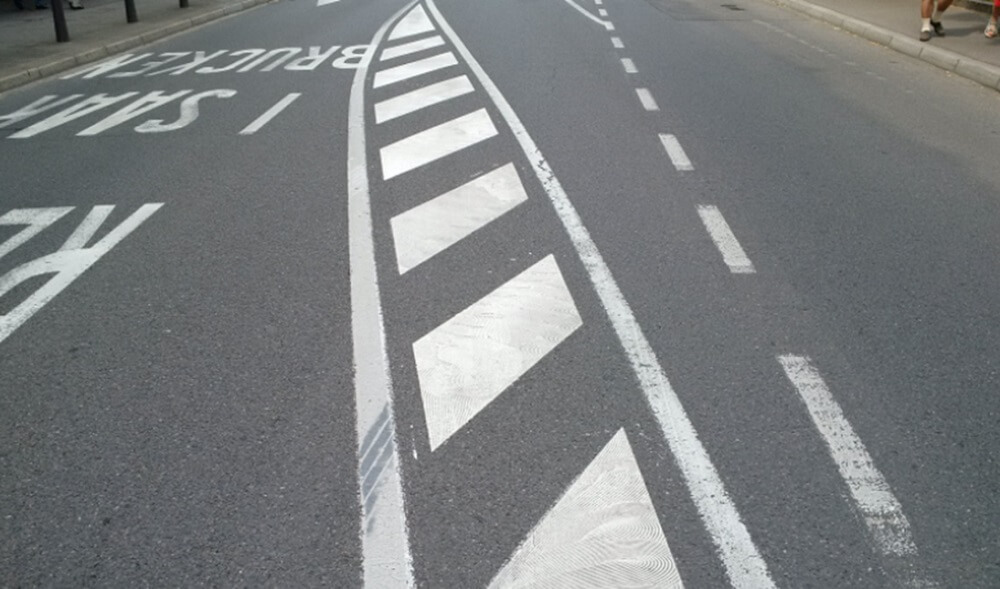What Are The Different Types Of Line Markings?

The primary function of line markings is to direct and manage traffic on a highway. To the function of traffic signs, they serve as a supplement. The markings act as a psychological barrier, delineating the travel path and its lateral clearance from traffic dangers for safe traffic movement.
As a result, they are critical to ensuring the slick, balanced, and safe flow of traffic. This article will go through many sorts of line markings such as transverse markings, item markings, longitudinal markings, and special markings to alert drivers of dangerous spots on the road, among other things.
Line marking classification
Line markings are patterns, lines, words, or other devices, other than signs, that are applied or connected to the carriageway or kerbs, or adjacent to the highway or to objects inside, for handling, alerting, directing, and reporting users. The line markings are classed as follows:
Meticulously, a solid yellow line signifies that the passing is restricted. In case the passing is allowed, represented by dashed yellow lines. However, the white lines divide the lanes for which travel is in a similar direction.
Longitudinal Markings
These markings are placed on the surface of the roadway along the direction of traffic to indicate to the driver his appropriate location on the roadway. Some of the guiding ideas in longitudinal marks are addressed more below.
Indubitably, these markings are provided to divide traffic flow in a similar direction, with white being the prevailing colour utilised. The colour yellow is used to split traffic flows in opposite directions as well as to separate the pavement margins.
Lines might be solid, double solid or broken. Broken lines have a liberal personality and entitled to discretionary crossing if the traffic condition allows. However, Solid lines have a limited character and cannot be crossed besides to enter or depart from the property or a side road or to avoid a stagnant blockage. Double solid lines signify severe limits and should not be crossed unless an emergency exists.
A combination of fractured and solid lines is also possible. In such a circumstance, a solid line may be crossed with caution if the combination’s broken line is closer to the travel direction. Vehicles coming from opposing directions are not allowed to cross the line.
Centre lines
The centre line separates competing traffic flows and improves their passage. However, for highways with more than four lanes and less than 5m in width, no centre line is usually provided.
Depending on the traffic and road conditions, the centre line may be marked with a single solid line, a single broken line, a double solid line or a double broken line. With fewer than four lanes, the centre line may be moved on the urban roadways.
Traffic line markings
The partition of wide carriageways into distinct lanes on either side of the carriageway assists the driver in staying straight and also reduces the driver’s desire to wander. In addition, these traffic lines prevent confusion and improve diverting motions at crossings. Thus, traffic markers help to improve road capacity while also boosting protection.
Usually, traffic lane lines are single broken lines of 100 mm width are installed on horizontal curves, summit bends, and two and three-lane highways where overtaking movements are forbidden because of a lack of sight distance.
It might be denoted by a double yellow line or a solid yellow line along the centre. The left-hand element can be either a solid line or a broken line, and the right-hand element can be either a solid line or a broken line in the instance of a double yellow line.
Moreover, the double white lines also imply that lane shiftings are restricted. And lastly, an individual white line that changes in the lane are averted. The width is approximately 40 to 50 cm wide in the line marking broad lines. These line markings are used for 4 various purposes like pedestrian crossings and stop lines.






